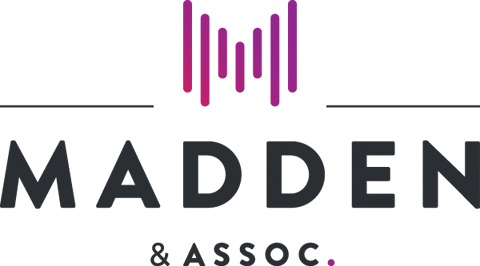In the first two parts of this blog, we discussed key issues to consider in the conception and execution stages of thought leadership, to maximise your potential ability to break through the clutter and ensure that your voice is heard effectively. In part three, we discuss key issues to consider in the deployment phase.
- Maximise your ability to extract value in different formats and your potential reach and visibility. Consider carefully how to deploy your content across your owned channels (your own website and social media properties), earned opportunities through media coverage, and any paid advertising. If you’ve created a long-form white paper with research findings, for instance, you can extract content and deploy this through press releases, contributed op-eds to relevant magazines and newspapers, web blogs, social media posts, video scripts, and events for current and potential clients.
Use modern digital marketing methods to drive traffic to where your content is located. Don’t forget the basics – if you’re planning to publish a press release summarising the key themes from your white paper with a link to where the paper is located on your website, make sure you load the white paper first and test the hyperlink works before publishing the press release.
- Timing matters. Launching a piece of thought leadership at the same time as another important piece of news about your organisation (positive or negative) can ‘crowd out’ the potential for earned media coverage.
Pay close attention also to the other conversations your audience is participating in – as we mentioned in the first blog in this series, “me too” thought leadership is a contradiction in terms, and unless you have something genuinely fresh and insightful to contribute, there’s little value in saying things which are very similar to what others are saying.
- Enable your spokesperson/presenter to communicate effectively. Don’t just dump a lengthy white paper on them. The perception of the quality and value of your thought leadership can be affected if your spokesperson or presenter comes across as unclear, unconfident, or inauthentic in an interview or at an event. Workshop and help them develop their specific key messages, tailor the material to their audience, and role-play interviews and potential questions. If you have business development managers or other client-facing staff, equip them to be able to have effective conversations.
- If your content is designed to be updated periodically, update it. Thought leadership campaigns often start with good intentions. Organisational priorities can change, which can make it difficult to sustain momentum. But if you’ve spent the time, money, and effort to create content designed to be revisited periodically, by not doing so, you’re squandering your opportunity to extract the maximum potential value from your investment. If you’ve made a public commitment, failing to update thought leadership can also lead to awkward questions from clients, the media, and other stakeholders, and affect their wider perception of your organisation.
- Create a structure for follow up. Effective thought leadership needs additional steps to convert positioning into increased financial and strategic value. If you hold an event where you introduce your thought leadership to an audience, don’t wait passively afterwards for new business opportunities to self-identify – mobilise the resources to enable you to follow up efficiently with attendees.
Conceived, executed, and deployed well, quality thought leadership can provide your organisation with many benefits, including greater awareness of your capabilities and expertise, and opportunities for new or more effective conversations with existing and potential clients and other stakeholders. By being a ‘thought leader’ rather than a ‘thought loser’ and offering genuine insights into an issue or problem that’s relevant to your audience, you can cut through the clutter to maximise your potential to have the conversations that you want to have.
Phillip Gray is Head of Content with Madden & Associates. He is responsible for providing strategic communications content services enabling the firm’s clients to enhance their engagement with their audiences, strengthen their reputation and brand value, and support their business and revenue growth.

